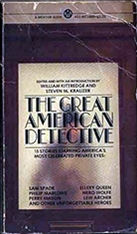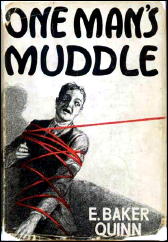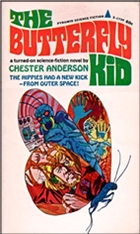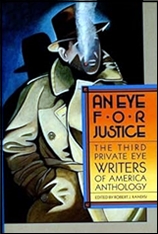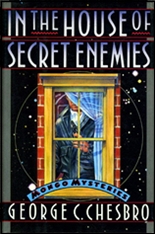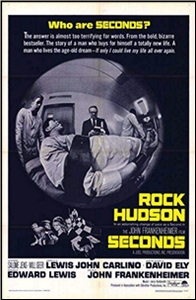Mon 22 Apr 2024
Reviewed by David Vineyard: PAUL GALLICO – Too Many Ghosts.
Posted by Steve under Reviews[2] Comments
PAUL GALLICO – Too Many Ghosts. Doubleday, hardcover, 1959. Pocket/Cardinal #C-426, paperback, 1961. Intl Polygonics Ltd, softcover, 1988.

Lord Paradine was running short of funds to keep Paradine Hall open in the Post War economic slump in the United Kingdom so it seemed like a good idea to open up part of the place as a sort of residential country club to invited guests and residents, but some uninvited guests of the kind that play strange harp music, blow out candles, make weird noises in the night — including a nebulous nun — are now sharing the digs and something has to be done.
That’s when Sir Richard Lockerie, who went to Cambridge with a curious fellow, recalls his old friend Alexander Hero. Hero is a sort of private detective of the supernatural, doing psychical research with the aid of science; in short, ghost-busting and doing quite well at it in Post War England.
Alexander Hero featured in two novels by Paul Gallico, this and The Hand of Mary Constable, in which Hero investigates Professor Constable’s haunting by his dead daughter, plus suspiciously competent mediums, and a Russian plot to convince him to defect. When filmed in the US as a made-for-television movie titled Daughter of the Mind, the venue moved to this country. Don Murray played Hero and was hired by Fed Ed Asner to prove what Ray Milland was seeing wasn’t his daughter’s spirit.
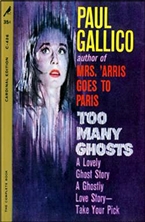
Even if you are largely unaware of Alexander Hero, you likely have heard of his housekeeper, Mrs. Harris, or as she says in her Cockney accent, ’Arris, who you might have recently followed on her trip to Paris, and in other adventures to New York, Rome, and even Parliament. It is a rare occasion of Mrs. Hudson outshining (and selling) Mr. Holmes.
Paul Gallico’s rather remarkable career began as a noted sports writer, his book on Lou Gehrig filmed as Pride of the Yankees with Gary Cooper. In fiction he started out pretty strong with the elegiac haunting wartime tale, The Snow Goose, moved on to the popular Adventures of Hiram Holliday in the slicks and an early television series with Wally Cox, The Small Miracle, Ludmilla, Coronation, the basis for the film Lily, Thomasina, The Abandoned, the Cold War thriller Trial by Terror (filmed as Assignment Paris), the best-selling The Boy with the Bubble Gun, The Zoo Gang (which became a television series), and among others something called The Poseidon Adventure and Beyond the Poseidon Adventure. Ten of those were either filmed or made into television series, not counting short stories adapted on screen.
Brilliant, high handed, and with an eye for the ladies, Alexander Hero is pretty much a Great Detective, and while the books flirt with the supernatural they tend to come down hard on rational explanations of supposed miracles, quite human villainy, and for all the chills and suspense, logical solutions to impossible mysteries.
Too Many Ghosts is a classic manor house mystery of the Golden Age variety where haunting and not murder is the game afoot, though Gallico makes the stakes just as high, and those not fond of the supernatural in mystery fiction may enjoy it in that Gallico has it both ways in terms of detection and thrills while still keeping both feet on the ground.
